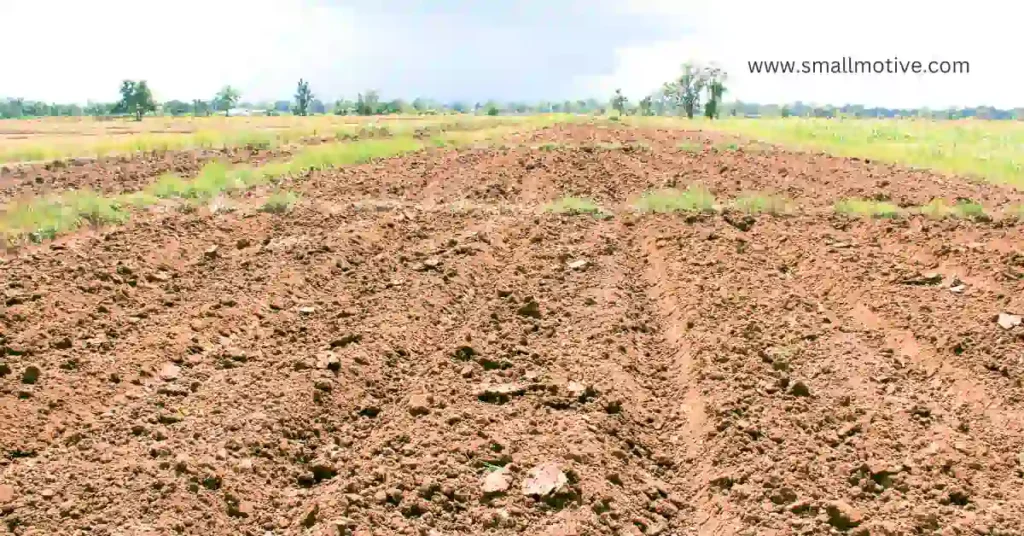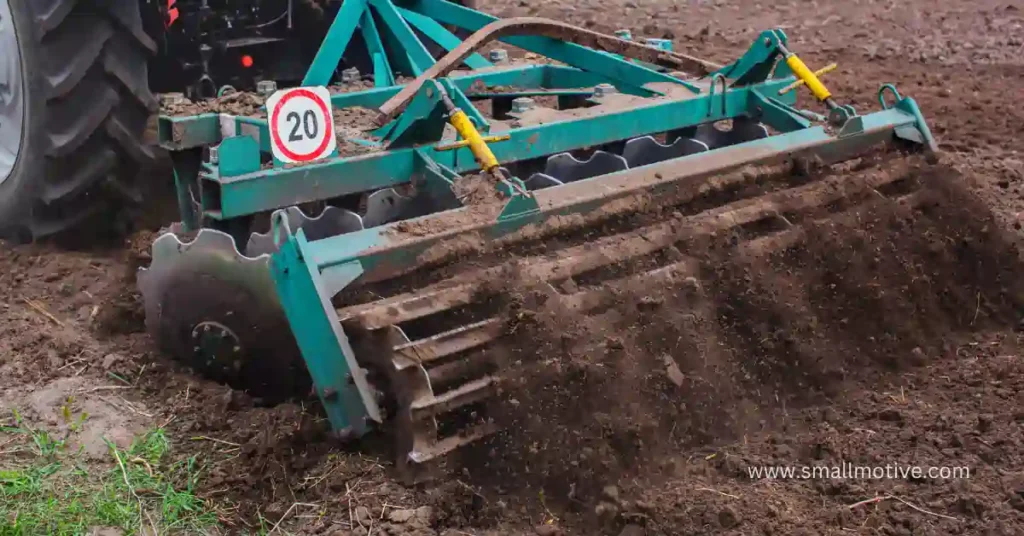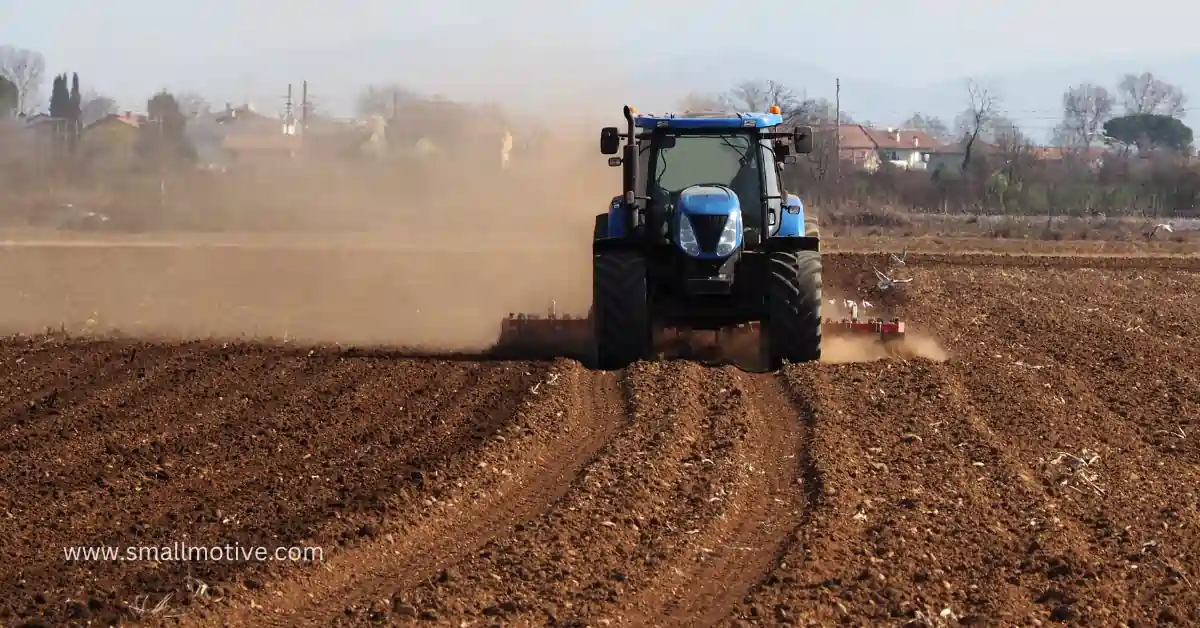How Conservation Tillage Practices Benefit the Soil
Conservation tillage practices in agriculture offer a myriad of benefits to the soil, playing a crucial role in sustainable farming practices. These methods prioritize soil health and resilience, promoting long-term agricultural productivity while mitigating environmental degradation. Conservation tillage practices foster a conducive environment for robust crop growth by minimizing soil disturbance and maximizing organic matter retention. Let’s delve deeper into how conservation tillage practices benefit the soil.
Introduction to Conservation Tillage
Conservation tillage encompasses a range of farming techniques aimed at minimizing soil disturbance, erosion, and loss of nutrients. Unlike conventional tillage methods that involve thorough soil inversion, conservation tillage practices maintain a protective cover on the soil surface, preserving its structure and composition.
Understanding Soil Degradation
Soil degradation, resulting from various human activities and natural processes, significantly threatens agricultural sustainability. Erosion, compaction, loss of organic matter, and nutrient depletion are among the primary factors contributing to soil degradation. These issues impair soil fertility and productivity, jeopardizing crop yields and food security.
Conservation Tillage Practices
Several conservation tillage methods have been developed to mitigate soil degradation and promote soil health. These include:
No-Till Farming
No-till farming involves planting crops directly into untilled soil, leaving the previous crop residue undisturbed. This approach minimizes soil erosion, preserves soil structure, and enhances water infiltration.
Reduced Tillage
Reduced tillage techniques involve minimal soil disturbance, typically limited to the planting row. By reducing soil disturbance, this method maintains soil moisture and organic matter levels while minimizing erosion risk.
Mulch Tillage
Mulch tillage incorporates crop residue or organic mulch into the soil surface, providing a protective cover against erosion and moisture loss. Mulch also enriches the soil with organic matter, fostering nutrient cycling and microbial activity.

Benefits of Conservation Tillage on Soil Health
Conservation tillage practices yield numerous benefits for soil health and productivity:
Improved Soil Structure
By minimizing soil disturbance, conservation tillage preserves soil aggregates and pore spaces, facilitating root penetration, water infiltration, and nutrient exchange.
Reduced Soil Erosion
The protective cover provided by conservation tillage practices reduces the risk of soil erosion caused by wind and water, preserving topsoil integrity and nutrient retention.
Increased Organic Matter Content
Retention of crop residue and organic mulch enhances soil organic matter content, enriching soil fertility, and promoting microbial activity.
Enhanced Soil Moisture Retention
Conservation tillage methods improve soil water retention, reducing evaporation and enhancing drought resilience, particularly in arid regions.
Mitigation of Soil Compaction
Conservation tillage practices alleviate soil compaction by minimizing mechanical disturbance and promoting root growth and nutrient uptake.
Promotion of Soil Biodiversity
Preservation of soil structure and organic matter fosters a diverse microbial community, contributing to nutrient cycling, pest control, and overall soil health.
Conservation of Soil Nutrients
Reduced soil disturbance and increased organic matter retention ensure efficient nutrient cycling, minimizing nutrient leaching and runoff.
Economic and Environmental Impacts
The adoption of conservation tillage practices offers significant economic and environmental benefits. Reduced input costs, improved crop yields, and enhanced soil resilience contribute to long-term agricultural sustainability. Furthermore, conservation tillage helps mitigate climate change by sequestering carbon in the soil and reducing greenhouse gas emissions associated with conventional tillage methods.
Challenges and Limitations of Conservation Tillage
Despite its numerous benefits, conservation tillage faces challenges such as initial equipment costs, weed management issues, and adaptation barriers in certain farming systems. Addressing these challenges requires tailored management practices and ongoing research to optimize conservation tillage strategies.

Conclusion
In conclusion, conservation tillage practices play a pivotal role in promoting soil health, sustainability, and resilience in agriculture. By minimizing soil disturbance, preserving organic matter, and reducing erosion risk, conservation tillage methods offer multifaceted benefits for both farmers and the environment. Embracing these practices is essential for ensuring the long-term viability of agricultural systems worldwide.
FAQs (Frequently Asked Questions)
1. Are conservation tillage practices suitable for all types of crops?
- Conservation tillage practices can be adapted to various crop types and farming systems, although some crops may require specific management techniques.
2. How does conservation tillage impact soil carbon sequestration?
- Conservation tillage promotes soil carbon sequestration by minimizing soil disturbance, which helps retain organic matter and prevent carbon loss through erosion.
3. What challenges do farmers face when transitioning to conservation tillage?
- Farmers may encounter challenges such as weed management issues, equipment adaptation, and initial investment costs when transitioning to conservation tillage practices.
4. Can conservation tillage practices mitigate the effects of climate change?
- Yes, conservation tillage practices contribute to climate change mitigation by sequestering carbon in the soil, reducing greenhouse gas emissions, and enhancing soil resilience to extreme weather events.
5. How can policymakers support the adoption of conservation tillage practices?
- Policymakers can incentivize the adoption of conservation tillage through financial incentives, technical assistance programs, and policies that promote soil health and environmental stewardship.

2 thoughts on “How Do Conservation Tillage Practices in Agriculture Benefit the Soil”